|
A chicago driver was recently spotted driving their car with an obviously parking boot attached down I94. Kudos to the driver however, not sure what damage it caused or the trouble they could be in.
While we all know about the Space Race between the United States and the Soviet Union to invent a superior rocket ship during the Cold War, a competition also once raged to produce the fastest jet-propelled machine on the ground: a turbo train.
In the 1960s, Don Wetzel, an engineer for the New York Central Railroad, was assigned the task to make locomotives both faster and cheaper, without compromising safety. The High-Speed Ground Transportation Act of 1965 granted the Federal Railway Administration funds to construct high-speed trains to convey passengers and freight. Wetzel’s idea was to add jet engines to the train, so it would be propelled by jet thrust instead of the power of a gas turbine or coal-powered locomotive. During the refit of the engine car, Wetzel discovered that the jet engines worked better at higher speeds and applied his idea to passenger train engines before he modified the engines that pulled cargo. Wetzel’s first attempt at a high-speed train was the M-497 Black Beetle, built in 1966. He used a Budd Rail Diesel Car and modified the front of the car for a sleeker, more modern look. He also added two recycled General Electric J47-19 5,000 horsepower jet engines purchased from the U.S. Air Force for $5,000.
Originally, the jet engines were to be placed at the rear of the car, but Wetzel’s wife, who designed the exterior of the car, changed it to the front for aesthetic reasons. It was tested on tracks running from Butler, Indiana, to Stryker, Ohio, a straight and flat section of track running about 28 miles. The train reached an impressive speed of 183 miles per hour, a record-breaking speed that has yet to be surpassed.
Soon after, two Pratt & Whitney J52 jet engines were installed on the Linear Induction Motor Research Vehicle built by Garrett AiResearch, a groundbreaking aerospace technology firm and manufacturer of turbochargers and turboprop engines in California. It is believed that the competitive spirit motivated the U.S.S.R. to build their own turbo train, at first to speed up the daily ride from Omsk to Tomsk, a distance of over 550 miles. The Soviets had already conducted considerable research into high-speed trains. The first experiments to began in the 1930s. In 1970, Russian train makers in the Kalininsky district of Saint Petersburg redesigned and modernized the chassis of one of their ER22 head engines to look more streamlined and added two turbojet engines from a Yakovlev YAK-40 on the top of the front car, similar to the United States’ model. It weighed 5.4 tons fully loaded with jet fuel and reached 92 feet in length. The first test in 1971 was conducted on the line joining the railroad terminal in Golutvin, southeast of Moscow. The goal was to get the train up to about 225 miles per hour, and at first, it achieved 116 miles per hour. After pushing the engine to its limit, the engineers reportedly got up to 155 miles per hour. It is thought that the creators of the train planned to make it part of the “Russian Troika Express.” The project was discontinued, with the modified ER22 being the only model converted. The train engine was moved to an unused part of the track behind a rail car factory near Doroshikha and forgotten. As it sits in the weeds, rusting away, some want the locomotive restored and placed in a museum or sold to a private collector who has the ability to care for it. It’s possible that the development of a high-speed train led to faster and more efficient train service in Russia as well as the rest of the world. A monument to the Turbojet train stands in Tver in a railcar factory. tags : soviet jet train , jet train, turbo train, abandoned train , nathan finneman , breed of speed , awesome trains
Sometimes people do things that just make you scratch your head and go,"Why?". And this is one of those situations. An unnamed entrepreneur in Germany has invented a crash barrier to help stop the rise in truck attacks in Europe, according to The Drive. That's where the good part of the idea ends. However, the entrepreneur decided to hold a public demonstration for his new product by using a real driver instead of a dummy driving a truck and having him crash into the new crash barrier device. And well, things didn't go so well as you can imagine.
The crash itself was pretty intense, with the truck being destroyed as it crashes into this barrier and actually flies over it. The 48-year old driver was injured and had to be airlifted to a nearby hospital. The incident took place on April 22nd but we're just now seeing the video from the event. The driver apparently is also still recovering. So best wishes to him and hopefully, he'll be up and about again soon. Although we're thinking he'll take a break from the stunt driving business for awhile. Why they decided to use a real human driver in this event is still in question...
While some projects defy logic (and sanity), there are some that blow them out of the water with no hope of turning back. That includes builds that entail swapping in a Ferrari 458 engine into a Toyota 86, and, well, this -- a 1,000 horsepower Hellcat powerplant into a Toyota Prius, at least what's left of it. There's no point of trying to explain why, or how, so instead, we'll let you figure it out for yourself given a bit of background to the lunacy.
The team at American Racing Headers has decided to undertake this swap, dubbing it the "PriuSRT8". And while it may look like a gas-sipping hybrid on the outside, it's a fully built, NHRA-approved tube chassis underneath. It would have to be to hold up to the power they're aiming for, and with a 6.2L V-8 paired to a 4.5L Whipple blower, there's no way standard Prius underpinnings could hope to keep up.
Loads of boost are what makes that power output possible. Not only is it a challenge to get this behemoth settled into Toyota bodywork, but it's an even bigger test finding the running gear to withstand this much twist. Power is sent to a Tremec Magnum six-speed transmission, then continues on to a custom-built Ford 9" rear end built by Midwest Chassis. That surely isn't the only bit of custom fabrication as there is extensive metal work throughout. The pictures included here show all of the fancy bits that ARH has welded in including the mandatory modifications like a heightened transmission tunnel, fully-built roll cage for series demands, and completely redesigned bracing in the front and rear.
So instead of questioning what's going on in the heads of these builders, we'll just have to admire their courage instead. It's more than anything we'd hope to take on, and for that, we salute them. tags: breed of speed, hellcat powered prius, nathan finneman , prius racecar , 1000hp prius , insane , toyota
You mightn’t recognise the name, but Rosemary Smith is without a doubt one of the most important people in the history of motorsport. Having originally trained as a dressmaker, Rosemary stumbled into the world of rallying in the mid-1960s and went on to win some of the most iconic top-flight rallies on earth in an era when women were more likely to be seen draped over the bonnet of a car than behind the wheel. Watch the remarkable film below as, at 79 years old, the Dublin-born driver who still rallies to this day has defied the odds once again to become the oldest person to get in the cockpit of a Renaultsport Formula One car. Along with friend and long-time co-driver Pauline Gullick, Rosemary was invited by Renault to the Circuit Paul Ricard in the south of France, where she was trained up by Renault F1 driver Jolyon Palmer. She said: “Driving an 800bhp car is something I, like many other racers, have always dreamt of but I didn’t think I’d ever have the opportunity to do it, so when the team at Renault UK contacted me I jumped at the chance.
“It was definitely very different to the rally cars I’m used to but was an amazing experience. I could feel myself getting more and more comfortable with the single-seater and being able to speak to Jolyon, driver to driver, also helped when the nerves did kick in.” Dave Monk, executive creative director of Publicis London, which created the film, said: “It’s not very often you unearth a story like Rosemary's, she's a remarkable woman, a tremendous athlete, and embodies the kind of passion for life we can all learn a lesson or two from.”
It's one thing to enjoy your supercar, but this guy is on a whole nother level.
tags: tax the rich, breed of speed, supercar driven hard, nathan finneman, f50 , f40 , crazy supercar driver, drifting supercar
Following our report that some of Tesla’s top Referral Program referrers have been notified of an upcoming Model 3 invitation email, the Elon Musk-led electric car company has revealed yet another prestigious and arguably the company’s best prize ever – a Founder’s Series Next Gen Roadster.
The Model X-owning family behind the community’s fastest growing YouTube channel Like Tesla sent Teslarati screenshots of their Tesla app, revealing a never-before-seen ‘Secret Level’ behind the app’s ‘Loot Box’ feature. Like Tesla, who received public acknowledgement by Tesla during last month’s VIP Factory Tour for having referred the most Model S and Model X sales on a global level, tells us that Tesla must have unlocked access to the Founder’s Series next generation Roadster on Monday, as it was not available just a day prior. As part of the terms for the most recent Tesla Referral Program, existing Model S and Model X owners can gift 5 friends with a $1,000 discount off the purchase of a Model S and Model X, and free unlimited Supercharging. After making 5 qualifying referral sales through a personal referral code link, owners are notified that their links have reached a maximum number of uses. This is exactly what the folks behind Like Tesla experienced, until today. “You’ve unlocked the first secret level. Refer 5 more friends for the ability to purchase a Founder’s Series next gen Roadster at a 10% discount. Unlock new levels with every 5 referrals for an additional 2% off per referral and amazing adventures that money can’t buy.” reads the description for Secret Level 1 under Tesla’s Loot Box.
According to language found on the app’s Secret Level screen, referrers are eligible for a 10% discount off the price of a next-gen Roadster for every 5 qualifying referral sales they make. In essence, existing Tesla owners making 50 or more referrals should be eligible to a free Founder’s Series next generation Roadster. Not a bad deal for Tesla considering the referrer would have grossed at least $4 million in sales for the Silicon Valley-based electric car maker.
Elon Musk has said on many accounts that Tesla’s next generation Roadster will be the company’s fastest accelerating car to date, and capable of acceleration ccelerate beyond Ludicrous to Maximum Plaid. The limited edition Roadster is expected to have acceleration from 0-60 mph in under 2 seconds. tags: teslarati , tesla, breed of speed , electric supercar , nathan finneman , tesla elon musk
Watch a beautiful 1928 Bugatti Type 35 get driven like a modern day race car. The sound alone is amazing, but truly how fast the car goes through the course is unreal. Ettore Bugatti was born in Milan on 15 September 1881. The youngest son of Carlo Bugatti, an artist and furniture designer, he was soon drawn to the mechanical arts and by the age of 19 had in fact designed his own car which won a gold medal at a Milan trade fair in 1901. The winning design was sold to a Baron de Dietrich from Niederbronn in Alsace. His very great natural ability would later work against him when his designs came up against scientific reality. But for now he was a young man on the move. Sponsored by the Baron he joined him in Alsace to produce a series of motorcars known as De Dietrich-Bugattis. Bugatti soon made a name for himself and in 1904 he joined Emille Mathis designing a 4-cylinder Hermes and later became the Chief Engineer of the Deutz Company by the age of 25. Wanting to branch out on his own he designed a 1400cc 4-cylinder car and displayed it at the 1910 Paris Automobile Show. An initial 5 cars was later followed by a full production run that was well received.
After World War I Bugatti continued to build and race cars. The big break came in 1921 when a 5 car team of Bugattis entered the Voiturette GP at Brescia and came home with the first four places. This lead to many new orders for the "Brescia " model and the establishment of Bugatti as a manufacturer of racing cars for private entrants. After early success the cars were now being beaten by newer models from other manufacturers such as Fiat which sported supercharging. In 1924 he designed and built the car which made him a legend, the Type 35. While success in racing was not immediate, interest from prospective buyers was. At first reluctant to use a supercharged engine he finally relented and had a supercharger based on the Roots blower design added to the 2-liter Type 35C and the 2.3 liter Type 35B. From 1927 to 1931 the Blue cars from Bugatti dominated the racing scene. The Type 35 would prove to be one of the most successful cars in history. Their fine workmanship and the ability to be competitive "right out of the box" provided for their appeal. The French driver Rene Dreyfus stated that "You could place the car wherever you wanted, the road holding was fantastic...the precision of the steering was something fantastic". Ettore Bugatti was born in Milan on 15 September 1881. The youngest son of Carlo Bugatti, an artist and furniture designer, he was soon drawn to the mechanical arts and by the age of 19 had in fact designed his own car which won a gold medal at a Milan trade fair in 1901. The winning design was sold to a Baron de Dietrich from Niederbronn in Alsace. His very great natural ability would later work against him when his designs came up against scientific reality. But for now he was a young man on the move. Sponsored by the Baron he joined him in Alsace to produce a series of motorcars known as De Dietrich-Bugattis. Bugatti soon made a name for himself and in 1904 he joined Emille Mathis designing a 4-cylinder Hermes and later became the Chief Engineer of the Deutz Company by the age of 25. Wanting to branch out on his own he designed a 1400cc 4-cylinder car and displayed it at the 1910 Paris Automobile Show. An initial 5 cars was later followed by a full production run that was well received. After World War I Bugatti continued to build and race cars. The big break came in 1921 when a 5 car team of Bugattis entered the Voiturette GP at Brescia and came home with the first four places. This lead to many new orders for the "Brescia " model and the establishment of Bugatti as a manufacturer of racing cars for private entrants. After early success the cars were now being beaten by newer models from other manufacturers such as Fiat which sported supercharging. In 1924 he designed and built the car which made him a legend, the Type 35. While success in racing was not immediate, interest from prospective buyers was. At first reluctant to use a supercharged engine he finally relented and had a supercharger based on the Roots blower design added to the 2-liter Type 35C and the 2.3 liter Type 35B. From 1927 to 1931 the Blue cars from Bugatti dominated the racing scene. The Type 35 would prove to be one of the most successful cars in history. Their fine workmanship and the ability to be competitive "right out of the box" provided for their appeal. The French driver Rene Dreyfus stated that "You could place the car wherever you wanted, the road holding was fantastic...the precision of the steering was something fantastic". tags: breed of speed, bos , nathan finneman , bugatti gets driven hard, goodwood , amazing , type 35 , bugatti type 37 , bugatti vintage
The self-driving truck that drove down Interstate 25 in October loaded with Budweiser beer won’t soon be forgotten. Guinness World Record is making sure of that.
On Thursday, the arbiters of future trivia questions awarded the 132-mile road trip as the “Longest continuous journey by a driverless and autonomous lorry.” To all you non-Brits, that means a tractor-trailer. For the record books, the trip in a tricked-out vehicle from tech company Otto, hauled 51,744 cans of Budweiser beer from Fort Collins, through downtown Denver and onward to Colorado Springs on October 20, 2016. With state police nearby, the self-driving truck drove approximately 131.99 miles, according to Guinness. While a man did sit in the driver’s seat occasionally, he was recorded walking to the sleeper berth in the cab to read. But he was also monitoring the trip from the back seat. He never took the wheel, according to organizers of the experiment.
Unknown is whether there were any other self-driving trucks in the running for the same world record.
Autonomous vehicles are being tested in certain states nationwide. Earlier this month, Colorado passed its first law regulating the testing of self-driving cars in the state. As long as the vehicles obey existing road rules and companies notify the state’s Department of Transportation and State Patrol, testing is allowed. Whether the Otto truck will make another beer run in Colorado is unclear. Otto, which was acquired by Uber last August, is the target of a lawsuit by Google. Former Google self-driving car engineer Anthony Levandowski, who co-founded Otto, joined Uber at the time but was later sued by Google for allegedly stealing trade secrets. Uber fired Levandowskiin May. tags: otto self driving , self driving budwieser , self driving semi truck , world record , nathan finneman , breed of speed, semi truck otto ,
Remember how that bright yellow twin-turbocharged Lamborghini Huracan set the world speed record of 250.2 mph for top speed in a half mile last month? Well forget it, because this Nissan GT-R upped the record to 255.53 mph.
For the record, the pole-setting qualifying lap for this year's Indianapolis 500 was 232.164 mph. Lucas English, driver of the Extreme Turbo Systems GT-R explained that since running the car at 244 mph previously, the English Racing crew installed enlarged throttle bodies to flow more air into the engine and they worked to optimize tuning of other components because the engine wasn't necessarily making as much power as it could have. tags: breed of speed, 255mph half mile record, 3000hp nissan, nathan finneman , world speed record , turbo gtr |
///Categories
All
Archives
January 2024
|
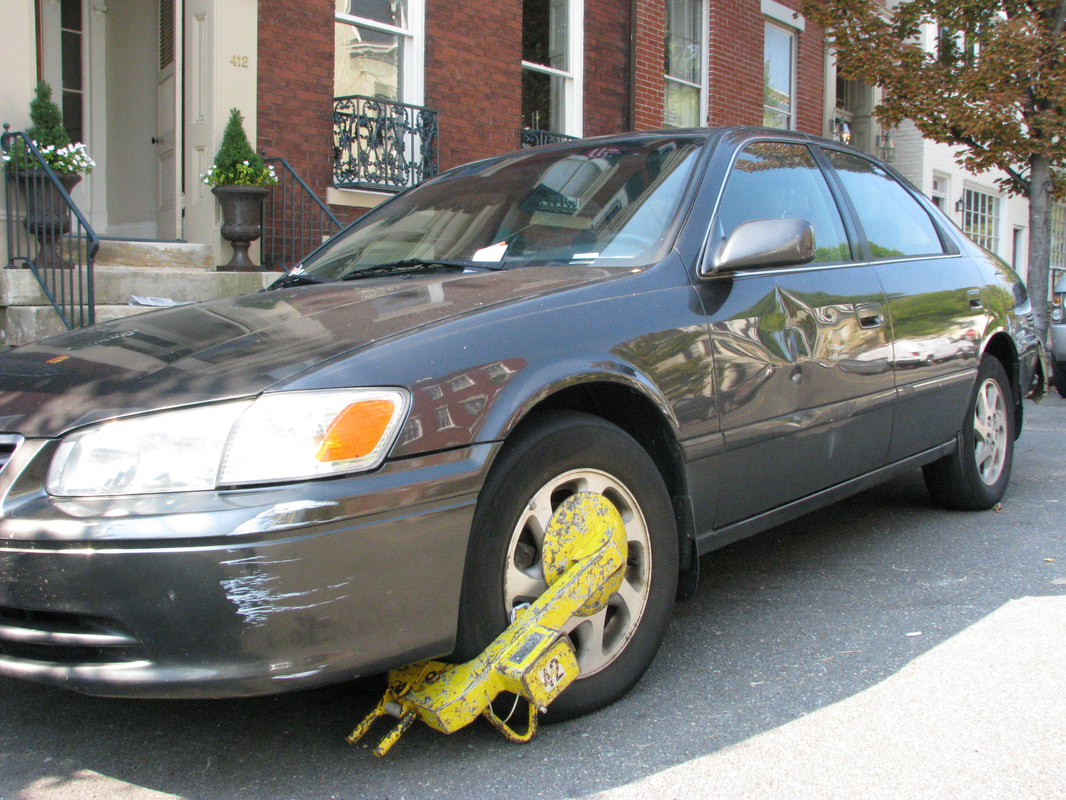
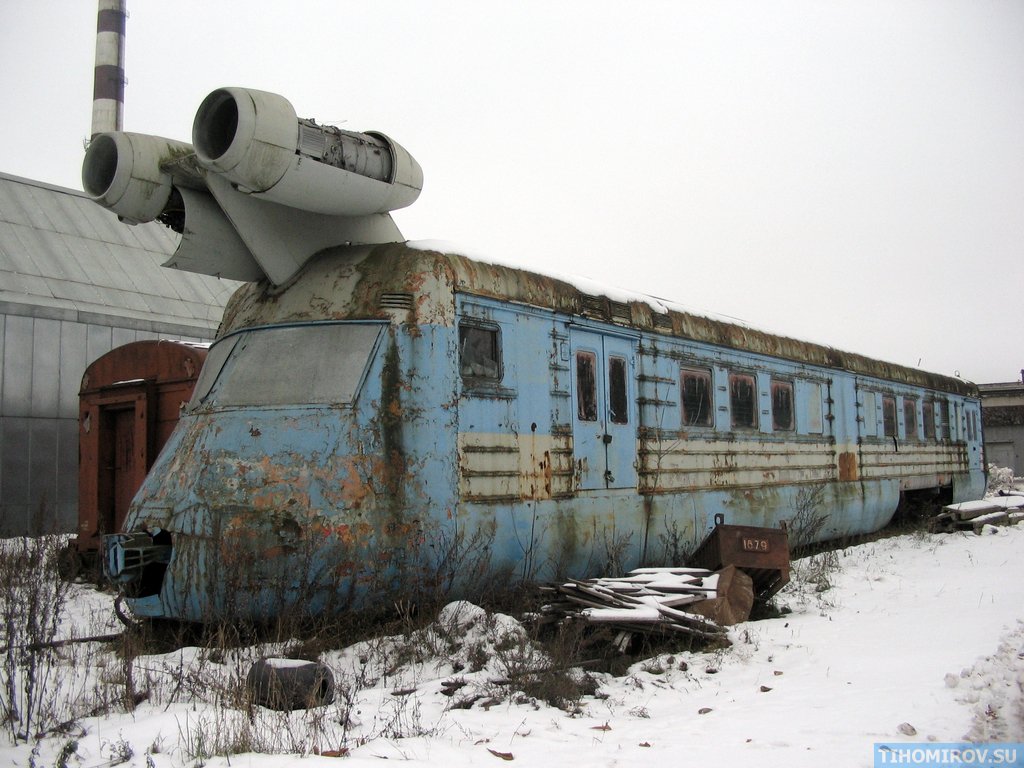
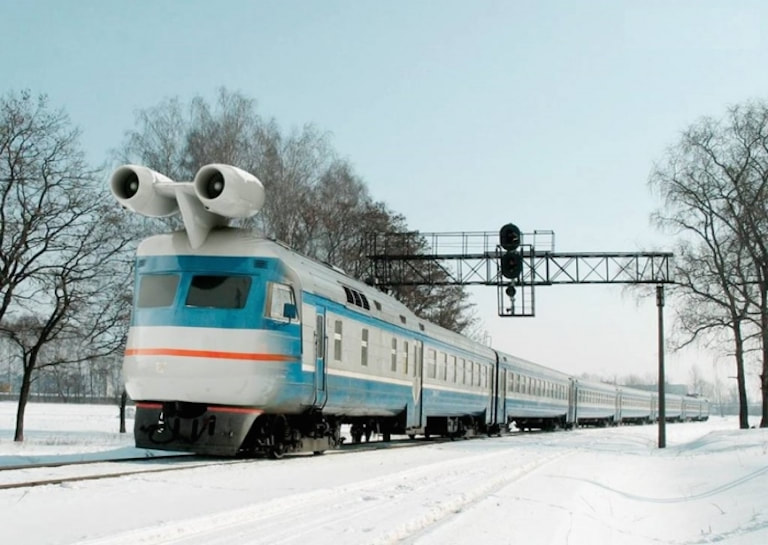


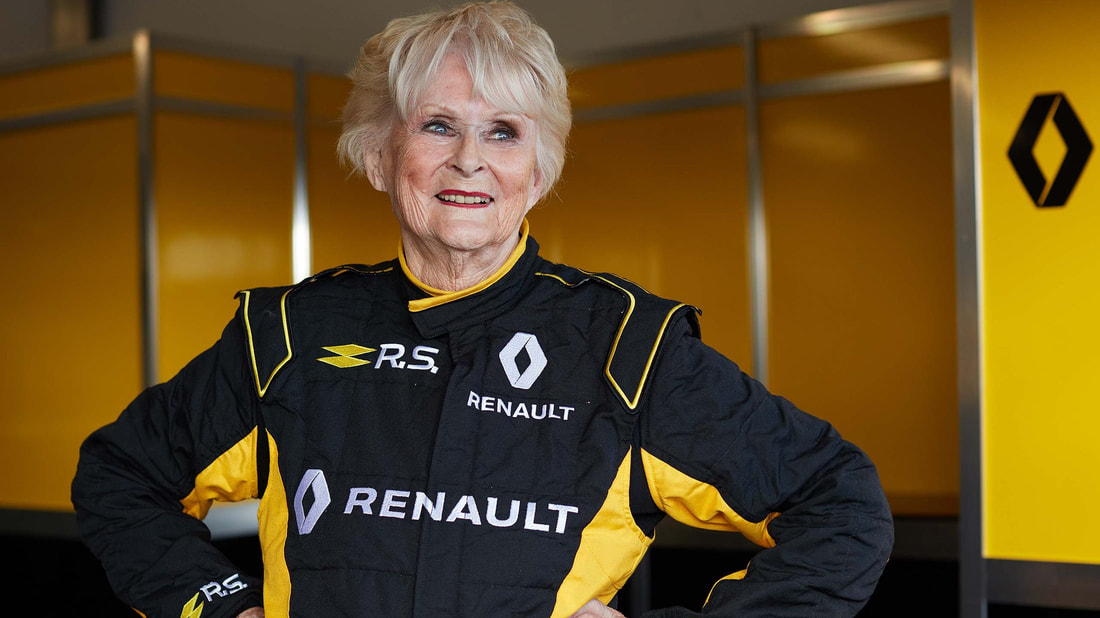
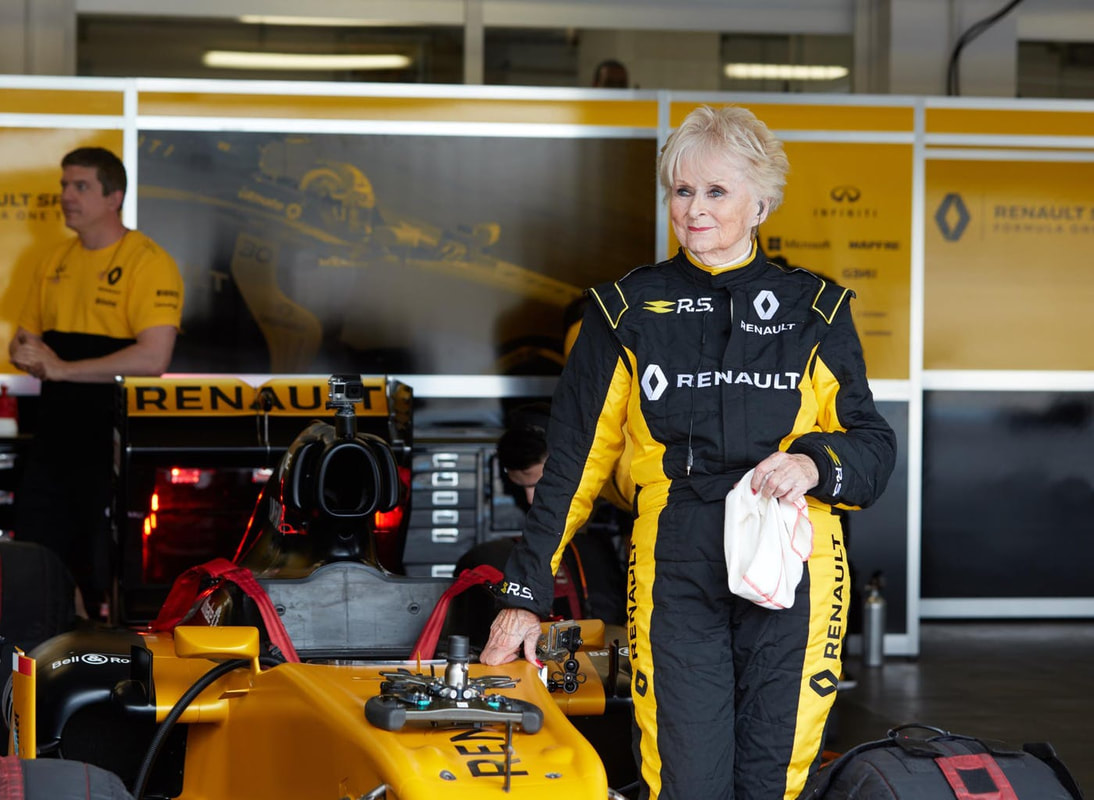
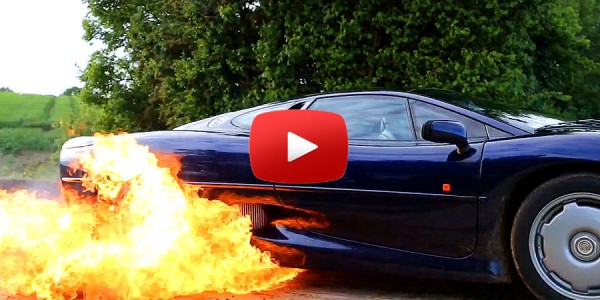



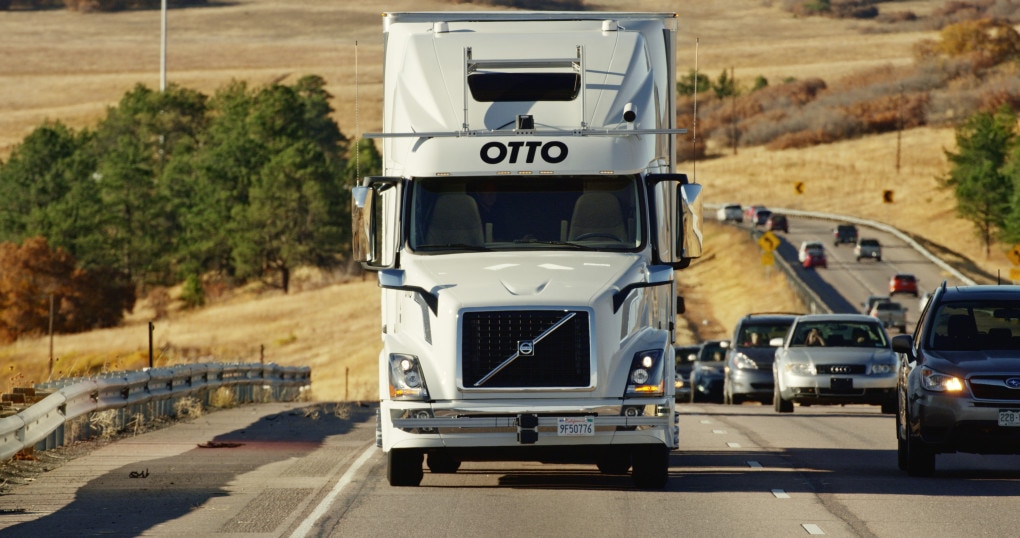
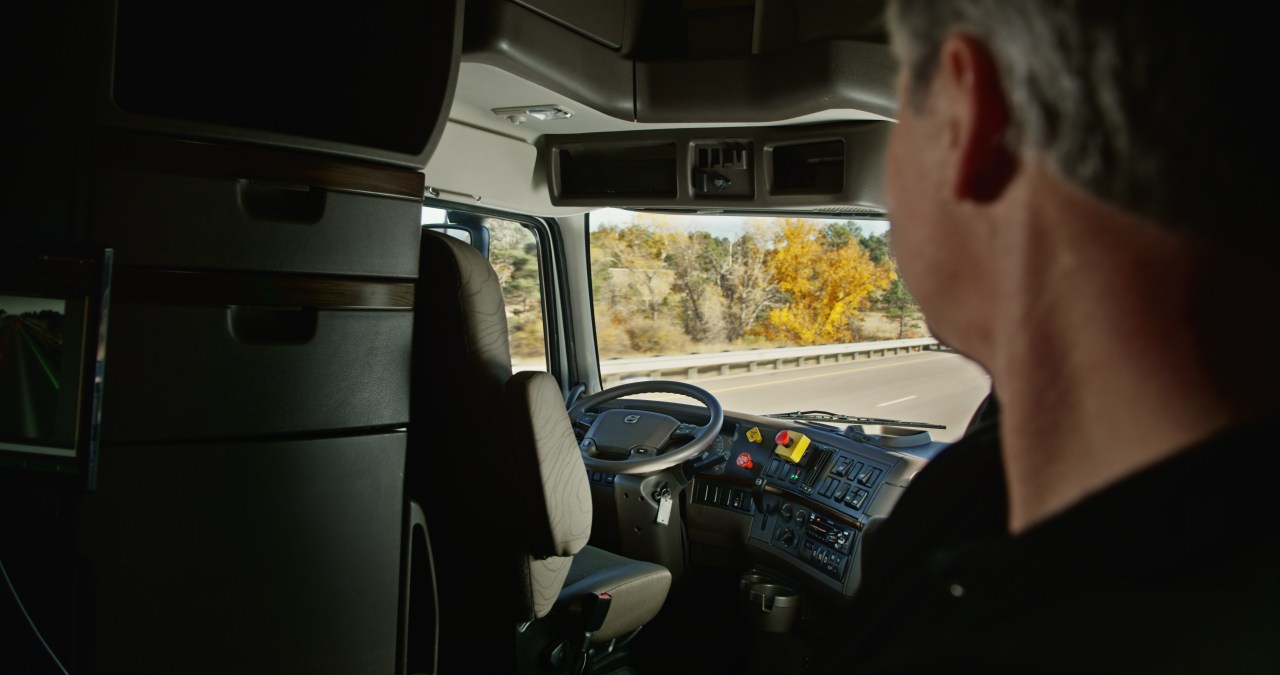
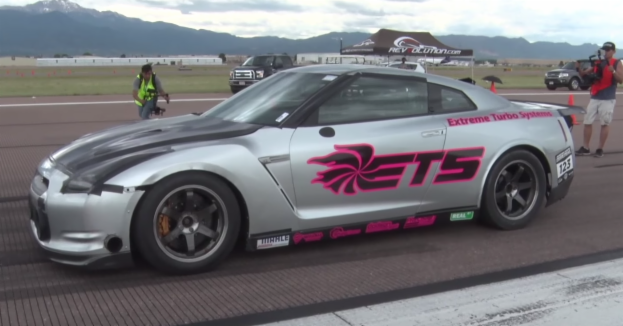
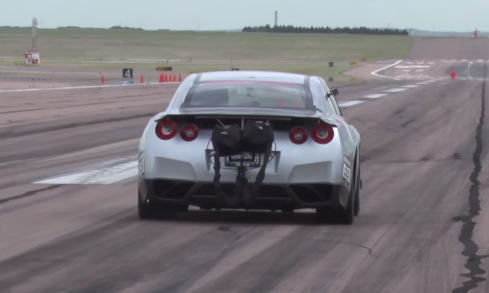
 RSS Feed
RSS Feed